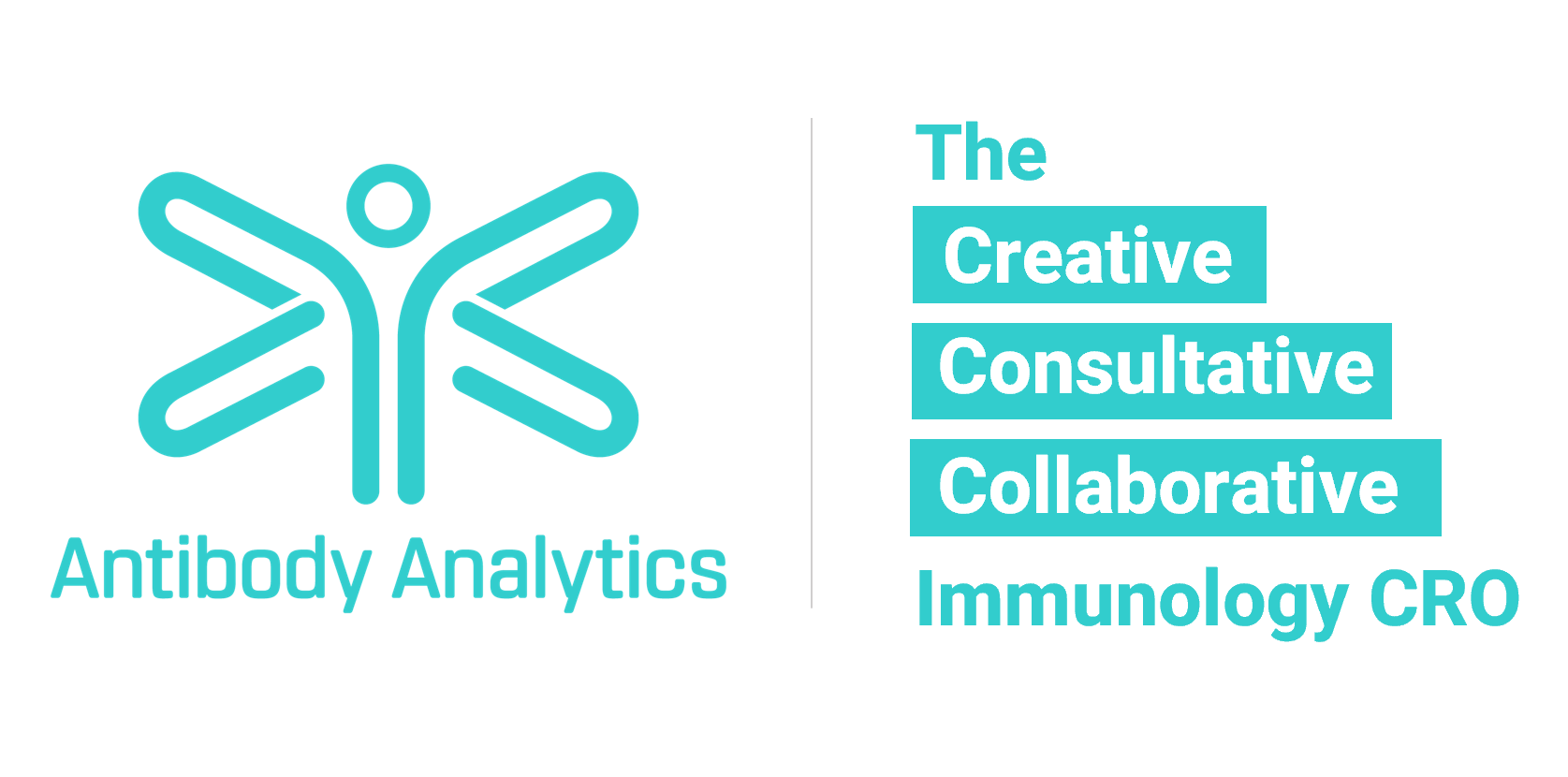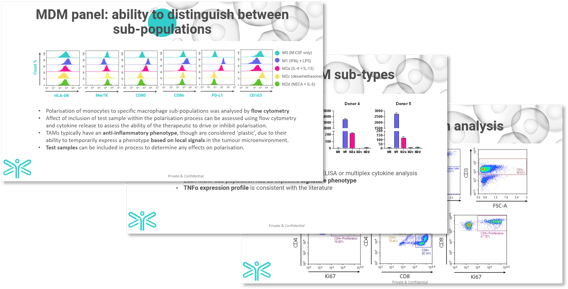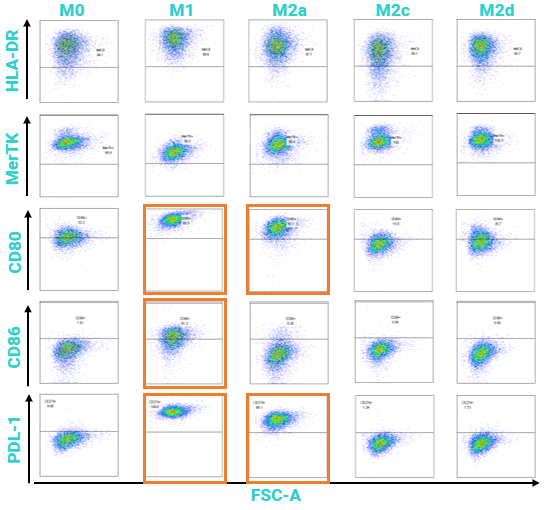Assess the potential of your candidate immunotherapeutics with our macrophage assays
Our ability to use clearly defined monocyte-derived macrophage (MDM) sub-populations like M2 and M1 in a variety of assays ensures you can evaluate your immunotherapies in the context of disease state e.g. tumour microenvironment (TME) or chronic viral infection.
Whether you would like to test their ability to modulate MDM phenotype or more importantly their functional activity, our macrophage assay formats are adaptable, using CD14+ isolated from PBMCs, and differentiated to MDMs.
Download our technical presentation to view example data and learn how we can design the most appropriate assay that answers your questions.
Why use Antibody Analytics' diverse macrophage assays?
We have a variety of assay formats utilising macrophage for assessing mixed lymphocyte reactions (MLRs), suppression and phagocytosis just to name a few. Our expert immunologists work closely with you and your team to design the most appropriate assay that will answer your questions on the potency of your candidate immunotherapeutics.
5 sub-populations of MDMs
To maximise assay success, we're able to polarise 5 sub-populations of MDMs which allows us to use specific groups to target your objective needs and have control groups to support your data.
Customisable assay design
We are able to adapt the protocol to your therapeutic target needs, whether during differentiation, polarisation, pre-treatment or included in the assay. We also can have a variable assay window to ensure the readout is specific to your target or interest.
High content
assay readouts
Our MDM assays are performed on 24- and 96-well plates. In addition to measuring the MDM phenotype, the assay can be coupled with multi-parameter flow cytometry and multiplex cytokine readouts to expand the data from each per run.
Why studying the macrophage is essential?
Macrophages play two major roles which make them interesting to study; in the context of anti-tumour immunity they possess the functional ability to phagocytose cancer cells and present tumour antigens, while conversely macrophages in the tumour microenvironment can play a pro-tumouric role via the release of immunosuppressive cytokines or secretion of growth promoting factors.
The main aim of many macrophage-targeted immuno-oncology therapeutic strategies is to drive tumour-resident macrophages to a more pro-inflammatory, M1-like phenotype. The intention is to promote their ability to phagocytose tumour cells meanwhile reducing their suppressive function.
Explore the data in our presentation to learn how our immunology experts can help you design the most suitable assay to study the complex multi-faceted macrophage behaviour.


